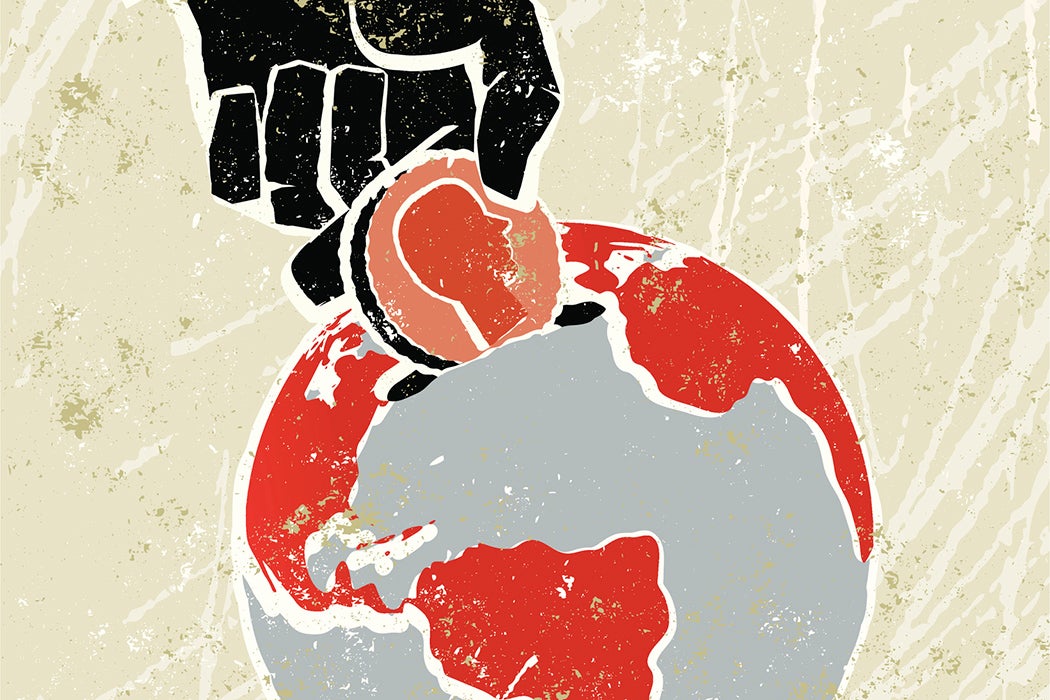For countries transitioning to net zero, financing is critical. Yet for the many countries hovering close to the precipice of a debt crisis, spending the necessary sums on clean energy and sustainable infrastructure is out of the question. Indeed, countries facing debt crises often need to turn to less sustainable practices, such as deforestation and fossil fuel extraction, just to keep heads above (metaphorical) water. One solution to this predicament touted as a “win-win” is debt-for-nature swaps, financial transactions in which a portion of a country’s foreign debt is forgiven in exchange for environmental commitments such as policy changes or funding towards conservation projects.
The concept of debt-for-nature swaps emerged in the 1980s as a response to the debt crises plaguing many developing countries. During this period, Central and South American nations, heavily indebted and struggling with economic instability, caught the attention of international conservation organizations. These groups recognized that forgiving a portion of these nations’ debts could facilitate investments in biodiversity conservation, especially in ecologically rich but economically poor regions.
The first debt-for-nature swap was conducted in 1987 by the environmental organization Conservation International (CI). CI acquired a portion of Bolivia’s debt at a discount, and then cancelled it in exchange for the Bolivian government’s commitment to protecting its tropical forests. While somewhat controversial at the time due to misconceptions and misleading media narratives, the model spurred interest, and subsequent deals followed in countries such as Costa Rica, Madagascar, and the Philippines.
Activity in this space has continued and remains today. In August 2023, Gabon was lent US$500 million of “blue bonds” that were sold to financial institutions and insured by the US International Development Finance Corporation. A new take on debt-for-nature swaps, this arrangement saw Gabon able to finance conservation at a discounted rate. Variations of swaps have been suggested, and often implemented, for decades, and there are reasons to suggest they can be highly effective
For one, these swaps can directly finance conservation efforts, protecting critical ecosystems, endangered species, and biodiversity hotspots. For debtor nations, debt-for-nature swaps provide financial relief by reducing the burden of foreign debt, freeing up resources for other developmental needs. Advocates also suggest swaps can foster collaboration between debtor countries, creditor nations, and conservation organizations, promoting a sense of shared responsibility towards global environmental health.
There are, however, serious concerns over these products. Studies have found that historical swaps such as those in Peru have produced little impact. In 1995, Brian Dollery, David Schulze, and Leigh West produced a scathing report on the swaps, pointing to their typically low value (and therefore financial insignificance) and their lack of incentive structure for financing institutions. These authors conclude that debt-for-nature swaps should be consigned “to the rubbish bin.”
These authors suggest an additional, important concern, commonly raised by skeptics: that of infringement on sovereignty of the indebted country. For instance, in Brazil, debt-for-nature swaps “were considered as a return to the colonial system,” write Hildegard Bedarff, Bernd Holznagel, and Cord Jakobeit, “whereby Brazil would ultimately lose control over its rich Amazon basin to foreign powers more concerned with the negative impacts on the global climate than with Brazil’s overwhelming social and economic problems.”
George Ann Potter frames this concern succinctly in relation to the aforementioned Bolivian swap deal.
“What right does a US NGO have to determine how Bolivia uses four million acres of its national territory?” she asks, pointing out that influence of Global North nations is “no less onerous when it comes from a well-meaning NGO” than when it’s imposed directly by a government.
Weekly Newsletter
Indeed, as Global North countries can be considered the cause of both the climate crisis and the Global South debt crisis, their attempts to frame policy through leveraging financial power can be considered a new form of ecological coloniality, write Bedarff, Holznagel, and Jakobeit. Full debt relief is typically considered a much more effective option for creditors seeking to aid national environmental efforts, yet this is often difficult to financially justify.
Debt-for-nature swaps represent an innovative approach to tackling the intertwined challenges of debt and environmental degradation. While they offer some benefits in terms of partial debt relief and positive ecological outcomes, claims that their implementation infringes on sovereignty are justified. In addition, their impact is often constrained by scale and implementation hurdles.







